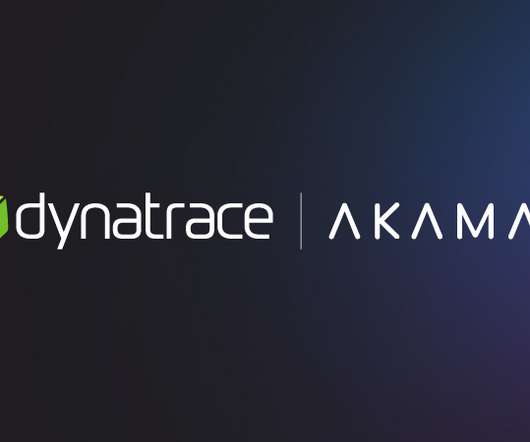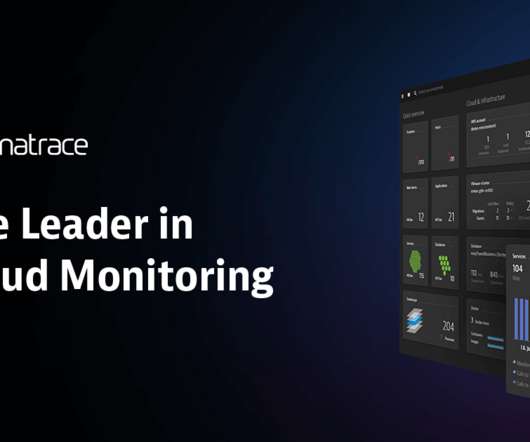Optimizing your Kubernetes clusters without breaking the bank
Dynatrace
JANUARY 14, 2022
Tuning thousands of parameters has become an impossible task to achieve via a manual and time-consuming approach. The optimization goal was to improve the application efficiency, that is to improve the ratio between service throughput and cloud costs while not increasing the application latency (e.g. The Akamas approach.



















Let's personalize your content